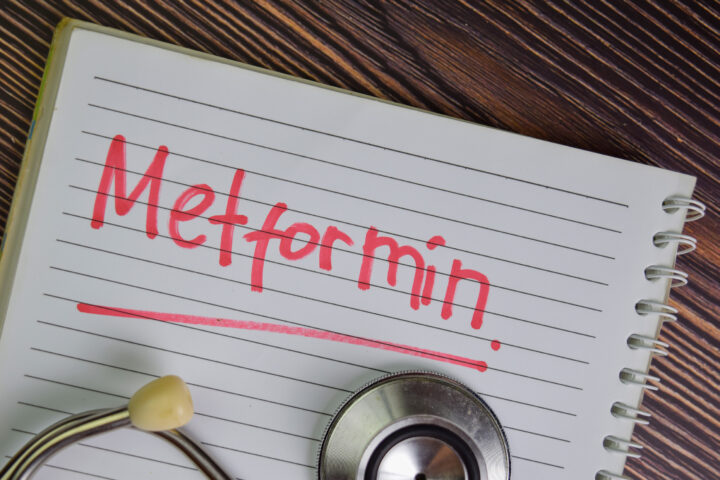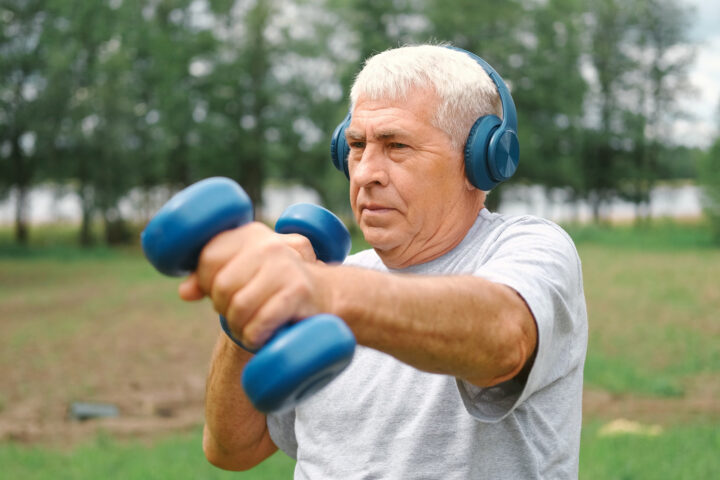In the fascinating realm of scientific discovery, the interplay between our oral microbiome and longevity has sparked considerable interest. Two pivotal studies have shed light on how the microorganisms residing in our mouths could influence our health and aging process, revealing the complexity and potential of our oral microbiota as a player in the game of human lifespan extension.
Core Findings from the Studies
- The Salivary Microbiome’s Global Core and Variability:
- Researchers have identified a core microbiome in human saliva, consisting of 68 bacterial taxa, demonstrating both a high prevalence of core bacterial members and notable variability across human populations.
- This core microbiome is influenced by factors such as gender, age, geographic location, tobacco usage, and alcohol consumption, with geographic location being the most significant factor affecting the structure of the salivary microbiota.
- Link to Longevity and Health:
- Another study delved into the genetic aspects of human longevity, identifying specific genetic loci associated with increased lifespan and reduced risks for multiple diseases. This suggests that the oral microbiome, by its influence on our health, may indirectly relate to longevity.

Global Differences in Oral Microbiome Composition
The salivary microbiome study underscores the existence of a stable core microbiome across different populations. However, it also highlights significant variability influenced by demographic and lifestyle factors. Notably, geographic location emerges as the most potent factor, pointing to distinct microbial signatures among populations from different regions of the world. This diversity could be attributed to varying diets, environmental exposures, and cultural practices, suggesting that our surroundings and way of life play crucial roles in shaping our oral microbiome.
Implications for Longevity
While the direct link between the oral microbiome and longevity is still a burgeoning field of research, these studies collectively hint at a profound connection. The oral microbiome’s influence on systemic health, including its impact on diseases and conditions associated with aging, positions it as a potential target for interventions aimed at promoting healthspan and lifespan. For instance, certain bacterial taxa within our mouths may have protective effects, while others might contribute to chronic inflammation or disease, thereby influencing our longevity.
The Role of Lifestyle and Environmental Factors
The observed variability in the oral microbiome across different populations underscores the significance of lifestyle and environmental factors in its composition. This variability suggests potential pathways through which the oral microbiome might influence health and longevity, possibly mediated by diet, oral hygiene practices, and exposure to environmental microbes.
Should We Eat More Chinese Food?
While the papers do not explicitly rank countries based on the healthiness of their oral microbiome, the detailed analysis suggests that geographic location—and by extension, the associated lifestyle and dietary habits—plays a crucial role in shaping the salivary microbiome. Therefore, countries where traditional diets are rich in prebiotics, fiber, and natural antioxidants, and where lifestyle factors promote oral health, might have populations with a healthier oral microbiome. These conditions are often found in regions with diets rich in fruits, vegetables, and fermented foods, such as some Asian countries, including China, as highlighted in the study, and possibly other countries with similar dietary habits.
Sources
Liu, X., Zou, L., Nie, C. et al. Mendelian randomization analyses reveal causal relationships between the human microbiome and longevity. Sci Rep13, 5127 (2023). https://doi.org/10.1038/s41598-023-31115-8
Ruan, X., Luo, J., Zhang, P. et al. The salivary microbiome shows a high prevalence of core bacterial members yet variability across human populations. npj Biofilms Microbiomes8, 85 (2022). https://doi.org/10.1038/s41522-022-00343-7













